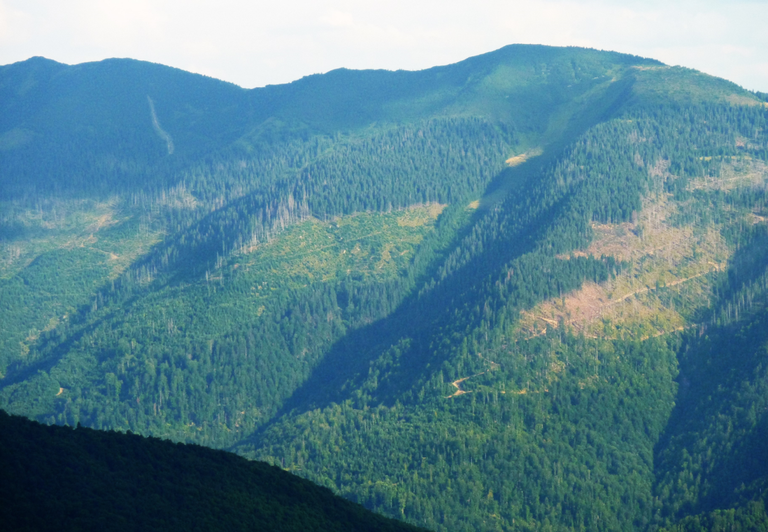How has the restitution process affected the conservation value of Romanian forests?
Alex Rowell
Land ownership is a sociological topic which can exert a strong influence on conservation, but has received little research. Different property regimes can create different management outcomes, therefore it is crucial to understand their impact if biodiversity is to be managed successfully in private, public and community owned land. Romania has undergone several changes in ownership policy throughout the past century, with resulting shifts in forest extent and distribution. The current restitution process aims to transfer the land taken by the socialist regime in 1948 back to its previous owners, but has been implicated in continued forest disturbance in the post-socialist era. It has been suspected that the associated harvesting in newly created private forests may have led to increased deforestation rates. This may threaten large tracts of uninterrupted forest and some of the last patches of temperate old-growth forest in Europe. My aim was to assess whether spatio-temporal trends of forest disturbance varied by different property regimes, or other factors, and furthermore whether these trends were continued in old-growth forest. My results reveal very high forest disturbance in 1990-1995 (12,304 ha), which then decreased until 2005-2010. They also suggest that there was little difference in disturbance between private and public properties from 1990-2010. Rather, distance from urban and agricultural use (i.e. Remoteness) was a key factor in determining if forest was disturbed. The proportion of total disturbance has shifted to more remote areas of the park, in all ownership regimes and private estates of all sizes. However, old-growth forest has remained at threat largely in less remote areas. I propose that forest disturbance is driven largely by availability and accessibility. Institutional collapse and societal reform in the early 1990’s allowed an explosion of logging during that period, whilst it is likely that increases in forest road development have driven disturbance rates in remote location more recently. The steepest slopes and remotest locations do still offer some protection, but these only cover limited areas. Furthermore, old-growth forest is disappearing much more rapidly than the total forest extent, which will undoubtedly have negative consequence for forest biodiversity. I recommend that future governance and protection measures be focused on old-growth sites in the least remote locations which are currently at high risk of deforestation.

